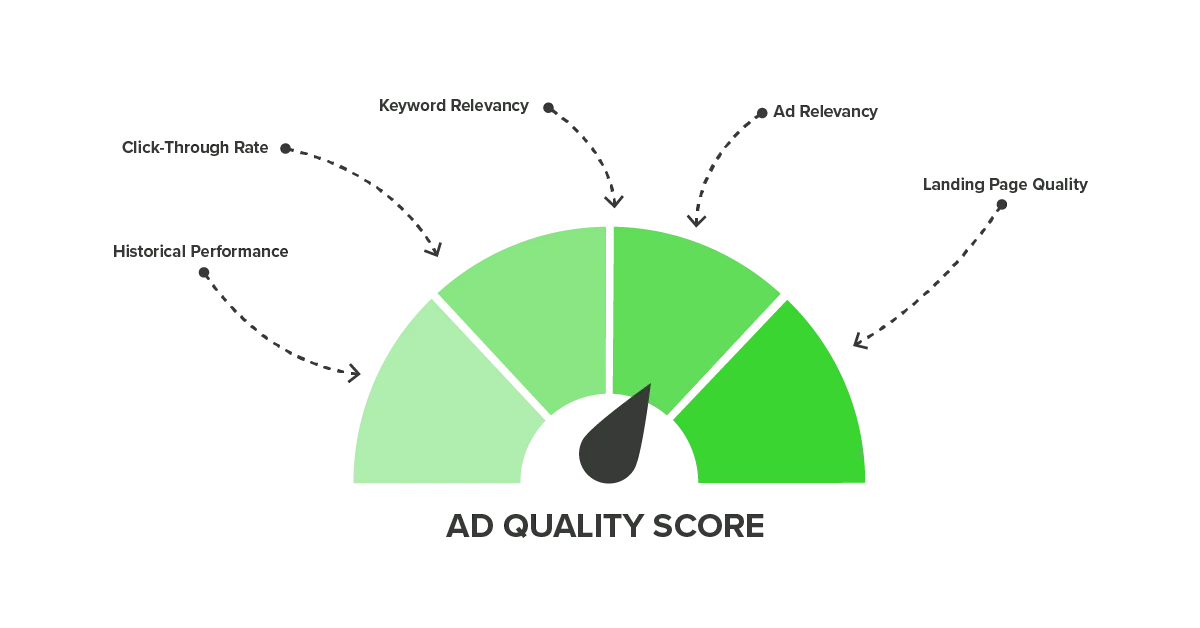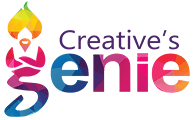
Maximizing Returns: The Art of Paid Advertising Campaign Optimization
In the fast-paced realm of digital marketing, where every click matters, paid advertising campaigns play a pivotal role in driving online visibility and revenue. However, a successful campaign goes beyond merely allocating a budget and creating compelling ads. It requires a strategic and iterative approach known as paid advertising campaign optimization. In this blog, we'll delve into the why, the what, and the how of optimizing your paid advertising campaigns for maximum impact.
1 - The Imperative of Optimization
Before we explore the intricacies of optimization, it's crucial to understand why it's so vital in the digital advertising landscape. Picture this: you're investing a substantial amount in paid campaigns, but the returns aren't meeting expectations. The culprit might not be the lack of effort but the absence of optimization.
Paid advertising optimization is the process of refining and improving your campaigns to boost their efficiency and effectiveness. It involves a continuous cycle of analysis, experimentation, and adjustment, aiming to enhance key performance indicators (KPIs) such as click-through rates (CTR), conversion rates, and return on investment (ROI).
2 - Identifying Optimization Opportunities
To embark on a successful optimization journey, start by identifying the pain points and opportunities within your existing campaigns.
2.1 - Audience Targeting
Are your ads reaching the right audience? Evaluate your targeting parameters and consider segmenting your audience based on demographics, behaviors, and interests. Ad Relevance:
Assess the relevance of your ad creatives to the targeted keywords. Low ad relevance can result in lower Quality Scores and higher costs per click (CPC).
2.2 - Landing Page Experience
Is your landing page optimized for conversions? A seamless and persuasive landing page can significantly impact your campaign's success.
2.3 - Ad Copy and Calls-to-Action
Review your ad copies. Are they compelling and aligned with your brand message? Calls-to-action should be clear and enticing to prompt user action. Budget Allocation:
Analyze your budget distribution across different campaigns and channels. Adjustments may be necessary based on the performance of each segment.

3 - Crafting an Optimization Strategy
Once you've identified areas for improvement, it's time to craft a comprehensive optimization strategy.
3.1 -Keyword Research and Refinement
Conduct thorough keyword research to identify high-performing keywords. Regularly fine-tune and refresh your list of keywords to remain pertinent.
3.2 -Audience Segmentation
Leverage audience insights to segment your target audience effectively. Create tailored campaigns for specific demographics and behaviors.
3.3 -Ad Creative Overhaul
Revamp your ad creatives to be more compelling and aligned with your brand message. Conduct A/B testing on diverse creatives to pinpoint the most impactful variations.
3.4 -Landing Page Optimization
Collaborate with your web development team to optimize landing pages for speed, user experience, and conversions. Verify that the landing page fulfills the commitments communicated in the advertisement.
3.5 -A/B Testing
Implement A/B testing across various elements, including ad copies, images, and landing pages. Use data-driven insights to refine your approach continuously.
4 - Continuous Monitoring and Adjustment
Optimization is not a one-time task; it's an ongoing process that requires constant monitoring and adjustment.
4.1 - Performance Metrics
Regularly monitor key performance metrics such as CTR, CPC, and conversion rates. Recognize patterns and irregularities that demand consideration.
4.2 - Ad Positioning
Adjust your bidding strategy to attain optimal ad positions. Higher ad positions can lead to increased visibility and clicks.
4.3 - Quality Score Management
Focus on improving Quality Scores by enhancing ad relevance and user experience. Higher Quality Scores can result in lower CPC and better ad placements.

4.4 - Budget Reallocation
Based on performance data, reallocate your budget to high-performing campaigns and channels. This ensures that you maximize the impact of your budget.
5 - Measuring the Impact
The true measure of success in paid advertising campaign optimization lies in the impact on your bottom line.
5.1 - Increased Click-Through Rates
Successful optimization efforts often lead to increased CTR, indicating that your ads are resonating with your target audience.
5.2 - Reduced Costs per Click
Through improved Quality Scores and strategic bidding, you can achieve lower CPC, maximizing the value of your advertising budget.
5.3 - Improved Conversion Rates
A well-optimized campaign not only attracts clicks but also converts those clicks into valuable actions, such as product purchases or lead generation. Enhanced Return on Investment:
Ultimately, the goal of paid advertising is to generate a positive ROI. Successful optimization contributes directly to improved ROI and overall campaign profitability.
6 - Conclusion
In the dynamic world of digital advertising, the ability to adapt and evolve is paramount. Paid advertising campaign optimization is not a luxury; it's a necessity. By continually refining your approach, staying attuned to audience behaviors, and leveraging data-driven insights, you position your campaigns for success in an ever-evolving digital landscape.
Remember, the journey to optimization is ongoing. Embrace experimentation, learn from the data, and let the insights guide your strategy. In the realm of paid advertising, the art of optimization is the key to not just surviving but thriving in the digital marketplace.




